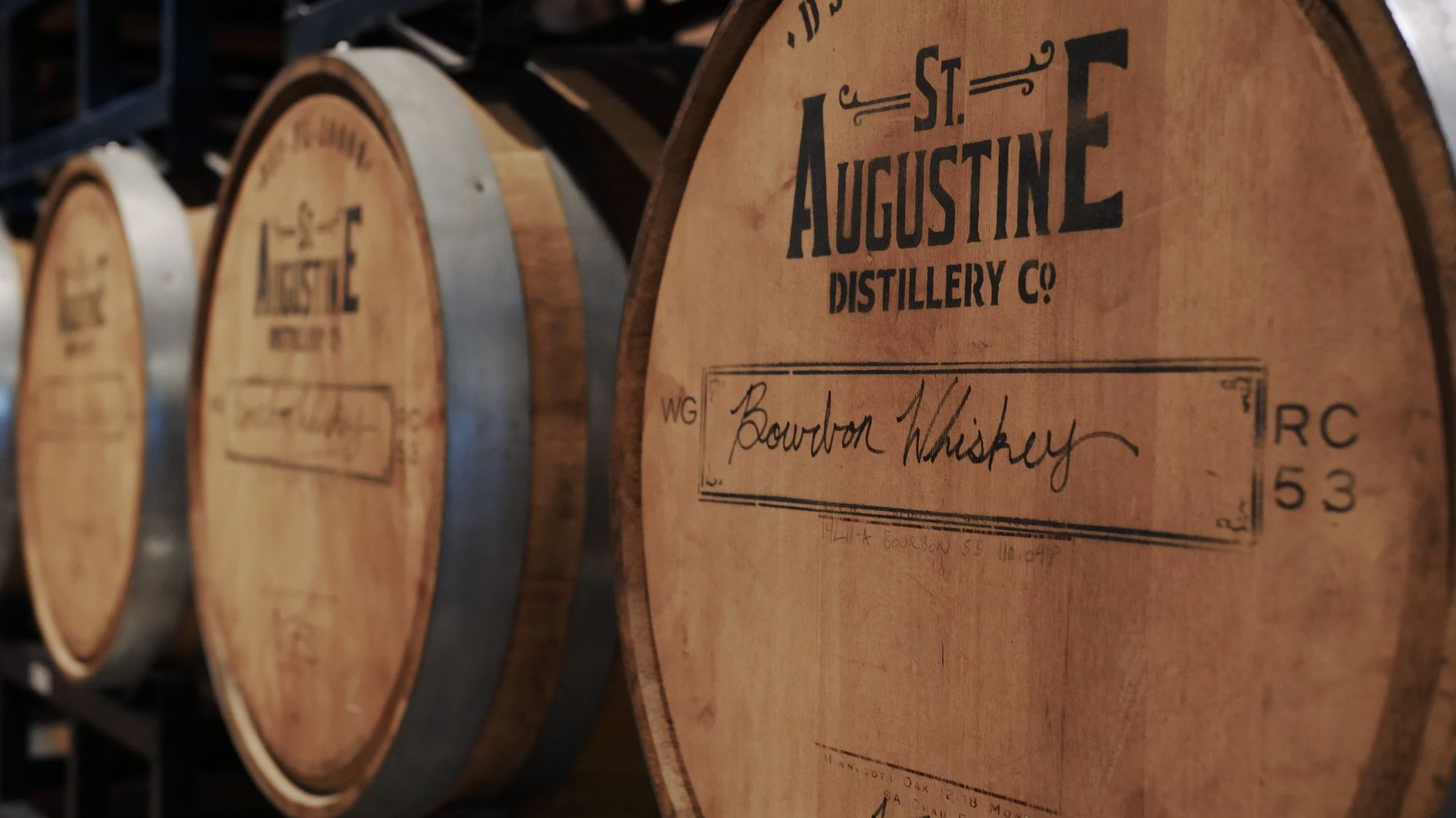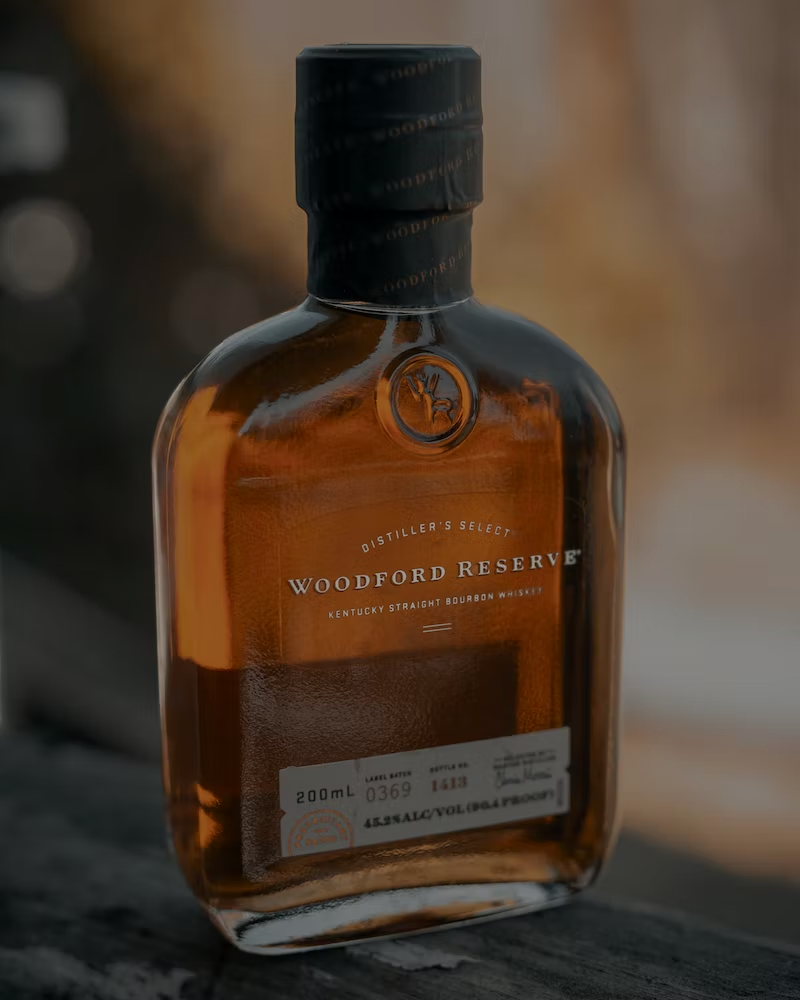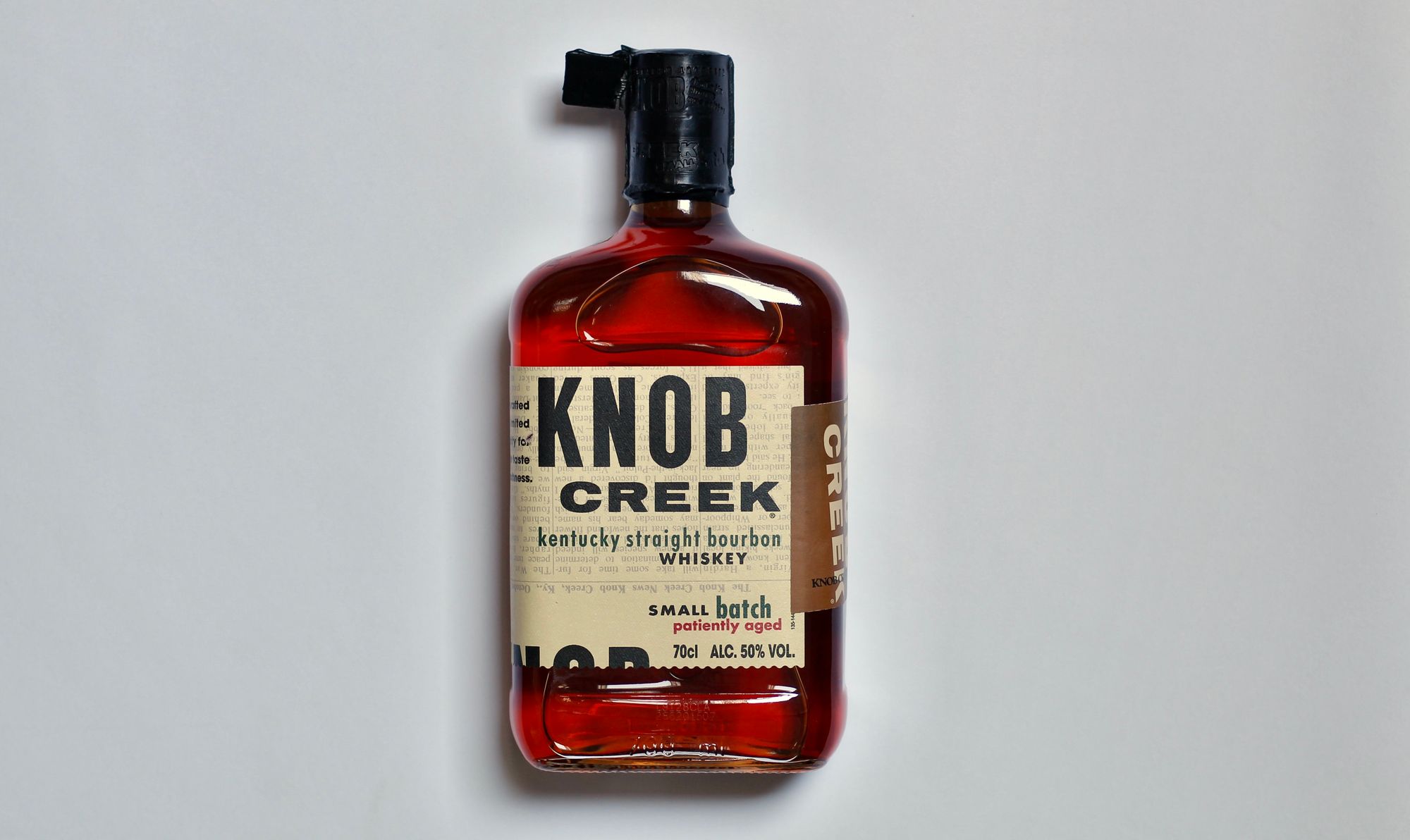Whiskey Essentials: Bourbon


As we discussed last week, there are five types of whiskey:
- Scotch Whisky, made in Scotland.
- Bourbon, America's whiskey
- Irish Whiskey
- Canadian Whiskey
- Japanese Whisky
Last week we learned all about Scotch Whisky. This week we will dive into America's Whiskey, Bourbon.

All About Bourbon
Characterized by notes of vanilla, oak, and caramel, Bourbon is perfect for sipping or as a base for cocktails like the Boulevardier, the Mint Julep, the Paper Plane, the Old Friend, and the Brown Derby.
The word bourbon comes from the French House of Bourbon reflecting the long-standing connection between the American South and France. Did you know that Louisianna was once a French colony?
Bourbon has a long history - it has been produced in America since the 18th century. The vast majority of bourbon today is made in Kentucky. In 1964, the U.S. Congress declared Bourbon Whiskey to be a distinct product of the United States, and it was granted federal protection.
Under federal law bourbon must:
- Be made with a mash bill (the combination of grains used) of at least 51% corn.
- Begin the aging process at no more than 125 proof
- Be bottled at a minimum of 80 proof and a maximum of 160 proof
- Be aged in new charred oak barrels
- Be produced in the United States
- Be free from artificial flavors or coloring

Bourbon Terms to Know
Straight Bourbon Whiskey: Bourbons that have been aged for at least two years including blends of straight bourbons. Any straight bourbon matured for under four years must state the age.
Sour Mash: A process that uses material from an older batch of mash to start the fermentation of a new batch.
Proof: A number that refers to the amount of alcohol present in the bourbon. You can find the proof by doubling the ABV (Alcohol by Volume).
Bottled-In-Bond: In 1897 congress passed, the Bottled-In-Bond Act, one of the earliest attempts to set a standard for Bourbon. It requires that this designation of Bourbon must be produced within a single distillation season by a single distiller at a single distillery and the label must identify the distillery where the distillation process took place. The whiskey must then be stored at a federally-bonded warehouse for at least four years and bottled at 100 proof (50% ABV).
Small Batch: This term began to be used in the ‘80s to denote bourbon with a limited supply. It is now a marketing term used to indicate high-quality bourbon. While there are no legal requirements for small-batch bourbon, it's typical to see a batch size of 20 barrels or less.
Single Barrel: Single-barrel bourbons are a series of bottles coming from a single oak barrel. These usually include the barrel or batch number on the bottle.
Cask Strength/Barrel Proof: Cask-strength bourbon, also called barrel strength, has not been watered or proofed down but instead is bottled right out of the barrel, with a much higher ABV. This style also keeps more of the flavor from the barrel than bourbon that has been watered down.
High-Rye: High-rye bourbon adds a greater proportion of rye to the mash bill while maintaining the 51% minimum of corn. A high-rye bourbon has anywhere between 20 to 35% rye, with the remaining being malted barley and/or wheat. The added rye content gives the bourbon a bit more spice.
Wheated: A wheated bourbon typically has wheat as the secondary grain in the mash bill. These bourbons are lighter and often sweeter.
The mash bill determines the flavor
The higher the proportion of corn in the mash bill the sweeter the bourbon will be. A spicier bourbon comes from a higher percentage of rye in the mash bill. For a lighter style choose a more heavily wheated bourbon.
Historically distillers created mash bills with what was available in their region resulting in inconsistent and poor-quality bourbon. Now distillers have their choice of grains from all over the country to craft their bourbon to a specific flavor profile and quality.
What’s the top-rated bourbon?

This limited-edition bourbon is aged twice as long as their flagship bourbon, Knob Creek 18-Year-Old has a coppery color and rich notes of caramelized oak from the longer aging in their Kentucky rack houses. At $170 a bottle, it's only going to be for the most well-heeled bourbon drinkers.
Learning to love sipping bourbon
Bulleit Bourbon is a staple in my liquor cabinet because it's used in some of my favorite cocktails. Even though I have a couple of friends who are certified Bourbon freaks, I only have one small bottle of sipping bourbon to my name.
I don't know about you but I can get into a rut and forget to try new things. Most evenings I have about a tablespoon of cognac about an hour before I go to bed. Mostly Courvoisier but I also have a bottle of Park Borderies that was given to me by a friend which I'm using very judicially due to its high price tag.
The thing about noticing that you're in a rut is that you're now almost obligated to get yourself out of it. I grudgingly but deliberately started sifting through my collection for suitable alternatives for my nightly dram: amaro, sipping rum and tequila, Drambuie, and whiskey. Time to try an evening bourbon. Enter King County Distillery Bourbon, a very special sipping bourbon also gifted to me by a friend.

They use a mash bill of 80% New York organic corn and 20% English Golden Promise barley for a high-malt style that drinks very differently from the wheat or rye typical of Kentucky bourbons. This is partly because the higher proportion of corn results in a sweeter bourbon. This mash is then double-pot distilled using Scottish-built copper stills. After aging in new charred oak barrels for anywhere between 3 and 6 years, their bourbon is blended for quality and complexity. This brand often makes the list of best craft bourbons. The tasting notes reference notes of caramel and vanilla, as well as undertones of dark berries.
My verdict: This bourbon is on another level than any I've ever tasted. The first thing to hit my nose was vanilla, followed by caramel and a delicate sweetness. I didn't know a bourbon could be so smooth. I think I've found my new nighttime tipple.
Cocktails Made with Bourbon
Part of the fun of imbibing cocktails is trying lesser-known recipes like the Old Friend or the Brown Derby. If you're gradually adding to your liquor collection, now might be a good time to pick up that bottle of Campari. I use it all year round in cocktails like the Boulevardier, Americano, Negroni, Old Pal, Bitter French, and all manner of spritzes in the summer.
The Old Friend
Ingredients
3/4 oz, 22 ml Bourbon
3/4 oz, 22 ml Campari
1/2 oz, 15 ml dry vermouth such as Dolan
Garnish: Orange peel
Place all liquid ingredients in a mixing glass filled with ice and stir for 30 seconds or until well chilled. Pour into a chilled couple glass and garnish with an orange peel float.
Note: To create an orange peel float, using a cheese slicer, cut a coin at least one inch wide and about two inches long into the orange peel. I learned the trick of using a cheese slicer for citrus coins from cocktail impresario Jeffrey Morgenthaler. It's so easy and much safer.
The Brown Derby
Ingredients
- 2 oz, 60 ml Bourbon
- ¾ oz, 22 ml Fresh grapefruit juice
- ½ oz, 15 ml Honey syrup (see recipe below)
- Garnish: Grapefruit peel
Add the bourbon, grapefruit juice, and honey syrup to a cocktail shaker filled with ice. Shake until well chilled, about 30 seconds. Strain into a chilled coupe or Nick & Nora glass. Twist the grapefruit peel coin over the top of the glass to express oils and add it to the drink.
Note: I have also tried this with maple syrup in place of the honey syrup and it's equally delicious. Try it both ways and see what you like best.
Honey Syrup Recipe
Pour equal parts honey and hot water into a small jar and shake until dissolved. I usually make this in small batches of 1/4 cup each of honey and hot water because I don't use it all the time.
Cheers!
Love,
Darcy
Notes:
- To leave a comment scroll to the top of this post, and click view online.
- Share this post on social media: scroll to the top of this post, click view online and click the icons at the top of the post.
- Share this post with a friend. Anyone can subscribe here.
- Visit me on Instagram
